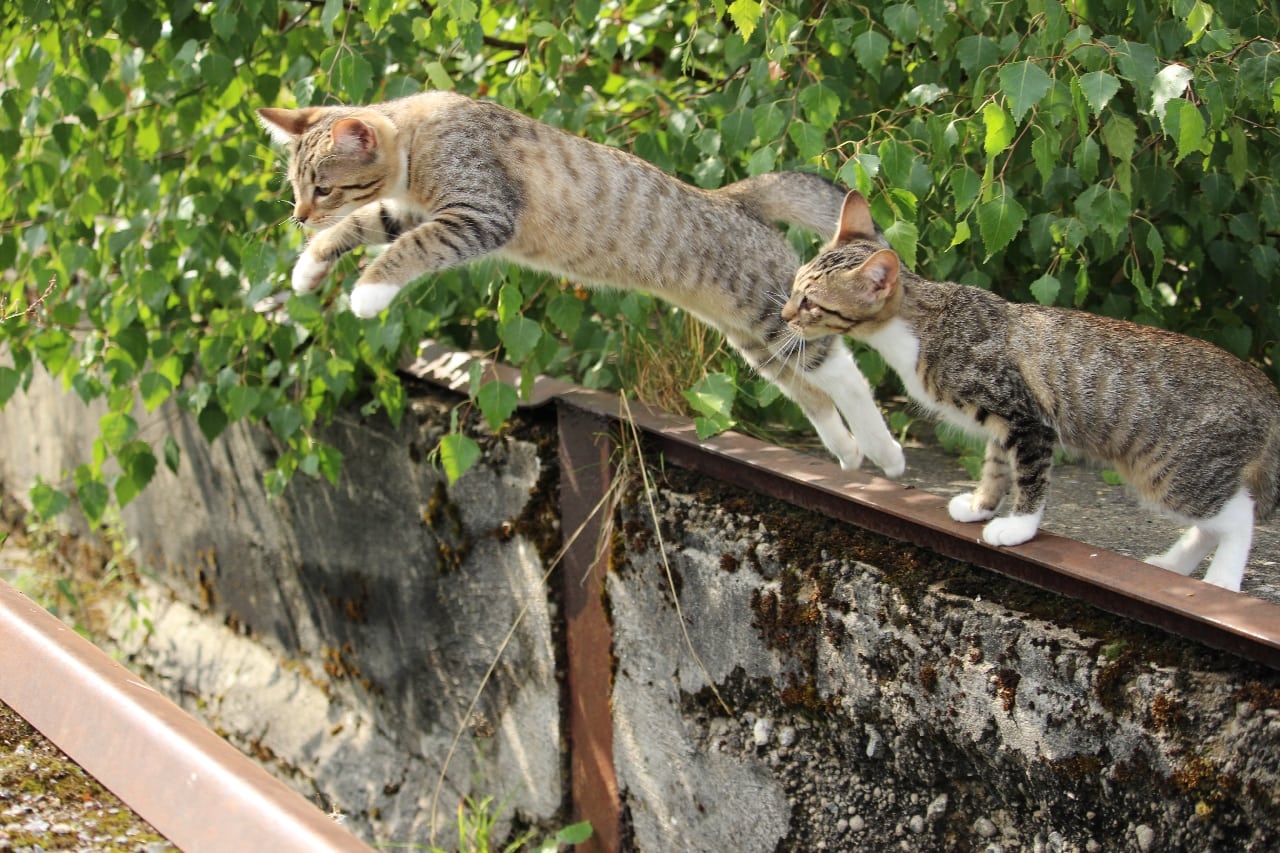Can Cats Eat Cilantro? Vet-Reviewed Nutrition & Health Facts
Updated on

Cilantro, also known as coriander or Chinese parsley, is a common herb and spice used across the world in a variety of cuisines, including Italian, Mexican, and Indian.
This popular herb is a staple in most households and is used to season meats, rice, and vegetables. It also makes a great addition to salads, soups, and even some juice. Cilantro has a very distinct odor with a tart, lemony flavor.
Whether it be for safety reasons or to see if this herb would benefit your cat as a supplement to their diet, you have found yourself asking if cilantro is safe for cats. The short answer is yes, cilantro is safe for cats, as it is not toxic to them.
As for overall safety and whether it should be included in a cat’s diet, we’ll cover all the details below.
Benefits of Cilantro
Cilantro leaves contain carbohydrates, fiber, small amounts of proteins and fats, vitamin A precursors, and vitamins B1, B2, B3, B5, B6, B9, C, E, and K, along with calcium, iron, manganese, magnesium, phosphorus, zinc, sodium, and potassium. As you can see, the health benefits of this herb are vast—for humans. Since cats cannot transform vitamin A precursors into vitamin A and they can synthesize their own vitamin C, the same benefits do not apply to our feline companions.
The good news is that while cilantro is related to parsley—which is toxic to cats—it is not toxic and is considered quite safe for feline consumption. It is important to keep in mind that cats are not built to eat anything other than meat, so they will not get the same benefits from cilantro that we humans can.
As pet owners, you must provide your cat with a high-quality diet that is designed to fit their specific nutritional needs. Although cilantro is not toxic or dangerous for your cat, it is not necessary to them at all, and there is no reason to offer it to them.
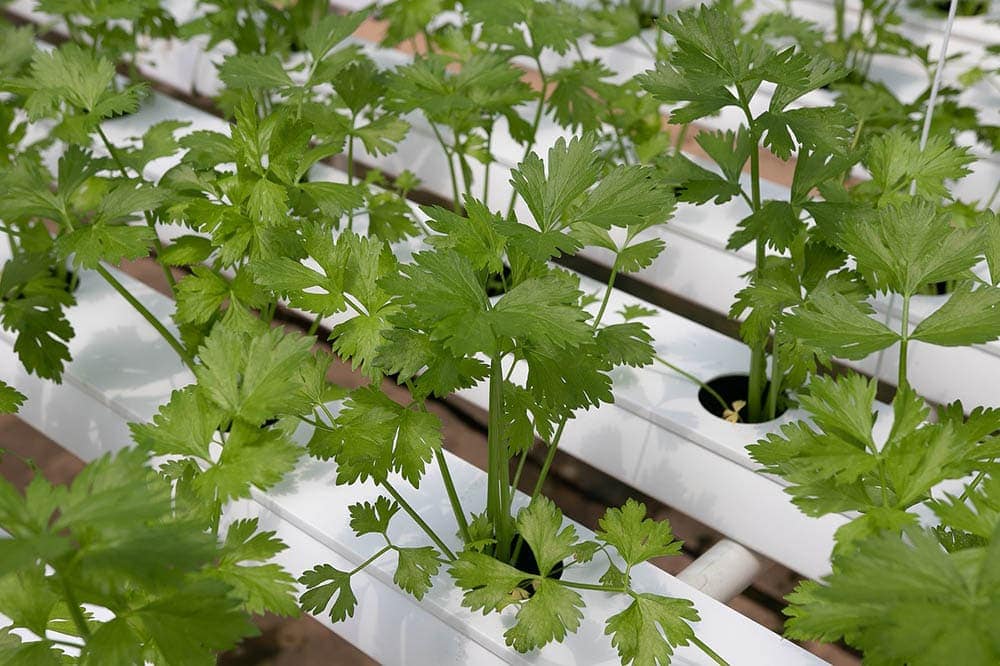
Why Doesn’t It Benefit My Cat?
Cats are obligate carnivores that are not designed to digest plant material effectively. In small amounts, it will not cause any issues, as wild cats will ingest some plant material from the gastrointestinal contents of their prey. However, large amounts of plant-based material and carbohydrates can have adverse health effects on felines.
It is not uncommon for cats to get diarrhea, gas, and upset stomach after ingesting large amounts of plant material. Too many plant-based carbohydrates can cause excessive gas, pain, and discomfort in a cat’s stomach.
In addition, cats cannot effectively convert plant-based vitamin A precursors into vitamin A. They need to consume their vitamin A, pre-formed, from rich sources like an animal’s liver. Likewise, cats do not need to get their vitamin C from their food source because they can make their own.
Is There Any Benefit of My Cat Eating Cilantro?
Cats are finicky eaters and will typically turn their noses at much less. Chances are that your cat will have absolutely no interest in eating cilantro. However, some individuals may like the taste of this herb or may even get into your stash to chew and play, which is a perfectly natural behavior.
The good news is that if your cat does like cilantro, eating a small amount will cause no harm. Your cat might even benefit from the boost of antioxidants and additional fiber. However, you should definitely monitor their intake to ensure that any portions of cilantro for your cat are small, to avoid gastrointestinal upset.
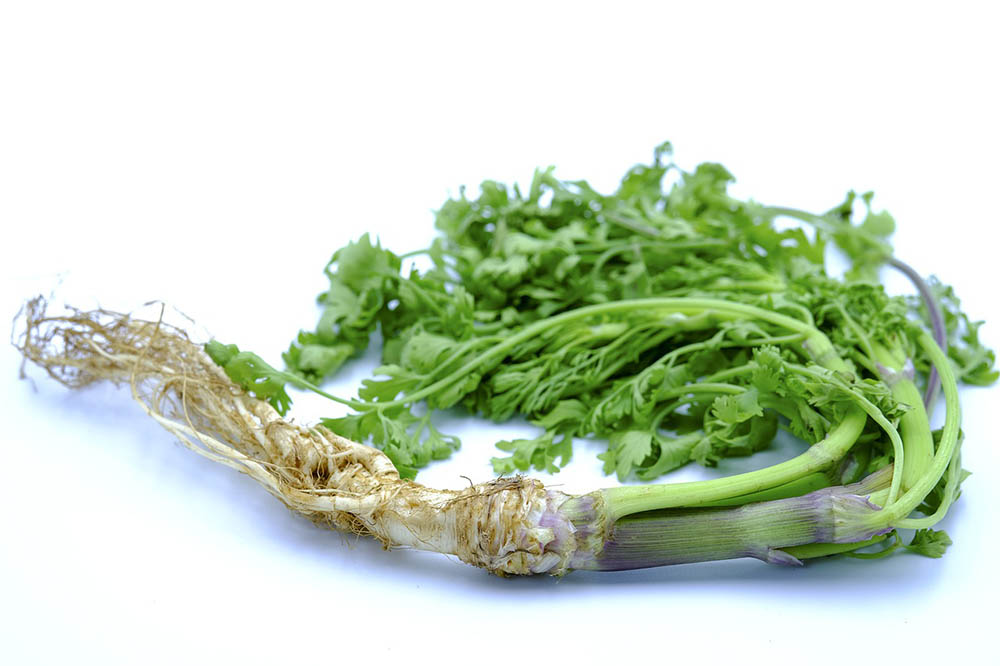
Proper Diet and Nutrition for Cats
Domesticated cats and other members of the Felidae family, including all species of wild cats are obligate carnivores, meaning they get all their dietary needs directly from meat. Most cat foods on the market are designed to meet your cat’s nutritional needs but it is important to provide them with the most high-quality options.
Cat owners need to learn how to read cat food labels. While there are many great options out there, there are some less-than-desirable foods for sale as well. Real meat as the first ingredient is a must.
We have provided a list of some unnecessary and even potentially harmful ingredients that are included in some commercial cat foods. It is essential to speak to your veterinarian about the best food products and the ingredients to avoid.
Unnecessary/Potentially Harmful Ingredients
Chemical Preservatives
The three most used preservatives you will find in cat food are BHA, BHT, and ethoxyquin. These preservatives have been known to cause allergies (or worsen them) and are possibly carcinogenic (cancer-causing.) It is best to avoid these synthetic preservatives and opt for natural preservatives, such as rosemary and vitamin E.
Fillers
A filler is something that has been added to your cat’s food to help them feel fuller but contains little to no nutritional value and can even be harmful. Common fillers found in cat food include grains and carbohydrates like wheat, corn, potatoes, and rice. These fillers are cheap substitutes for necessary protein and should be avoided.
Artificial Colors and/or Flavors
Many lower-quality cat foods contain artificial colors and flavors that are designed to make them look, smell, and taste better. Types of artificial colors or dyes to avoid include Blue 2, Red 40, and Yellows 5 and 6. High-quality foods made from the necessary, nutritious ingredients that cats need do not require these additives because they’re already naturally alluring to your cat’s smell and taste.
Fruits, Vegetables, Herbs, and Herbal Additives
A cat’s digestive system is not designed for anything other than meat, so it is unnecessary to include fruits and vegetables in cat food. While most of the fruits and vegetables added to cat foods are not harmful in small amounts but having excessive amounts of them as part of their daily feeding is unnecessary.
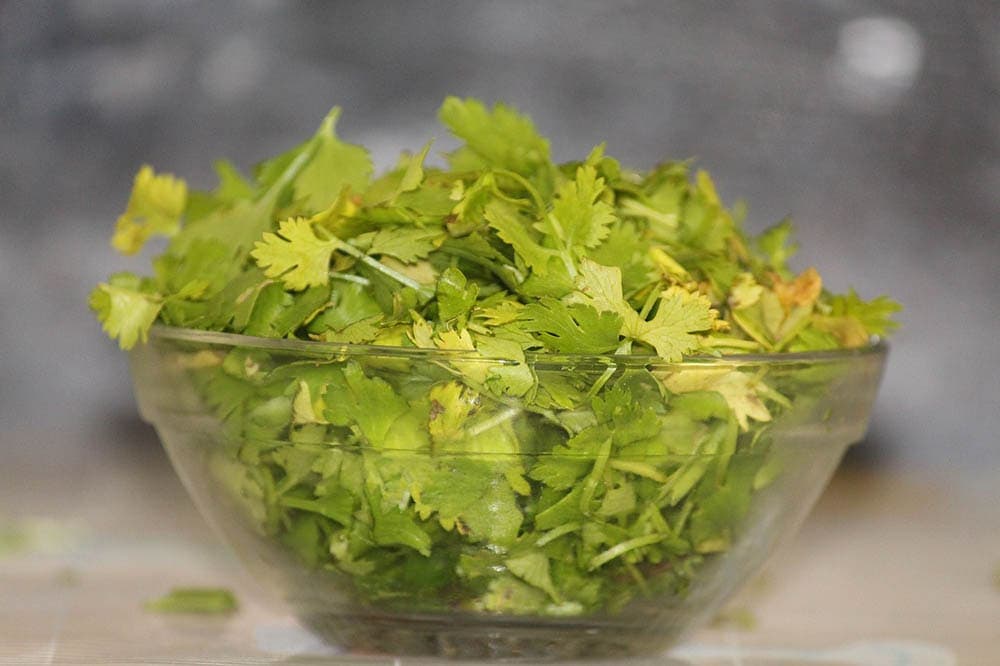
Commercial Cat Food
Commercial cat foods come in a variety of types including dry kibble, wet canned food, fresh cuts, and even freeze-dried. All will vary in water content, protein level, caloric density, digestibility, and palpability. Reading the label, checking the ingredients, and discussing your choice with a veterinarian is vital to ensure that you are offering your cat a healthy diet that is well-balanced and full of all the needed nutrients for them to thrive.
Quantity
The quantity of food you offer your precious cat depends on their age, size, and activity level. Cats can be finicky eaters, but once they find something they like, they can go overboard if they are allowed to do so. Cat food labels will include the recommended quantity of each brand based on your cat’s weight. As always, talking to your veterinarian can help you come up with a great meal plan.
Overfeeding or offering too many calories for your cat can lead to obesity, which can cause a slew of other health issues. It is recommended to feed your cat at regular mealtimes, usually twice a day in the morning and evening, and to pick up the food in between meals.
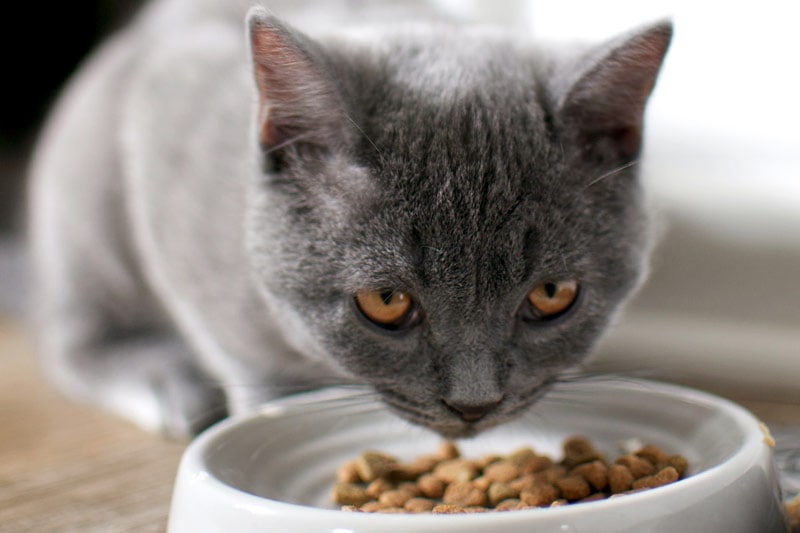
Conclusion
Cilantro is non-toxic and does not pose a danger if consumed by cats. However, as strict meat-eaters, cats get all their needed nutrients directly from meat, and eating cilantro will provide them with few benefits. A cat’s carbohydrate requirement is quite low, and they are unable to digest plant material properly. Basically, there is no reason to offer cilantro to your cat, but there is no reason to panic if they do eat it.
Featured Image Credit: ka_re, Pixabay

